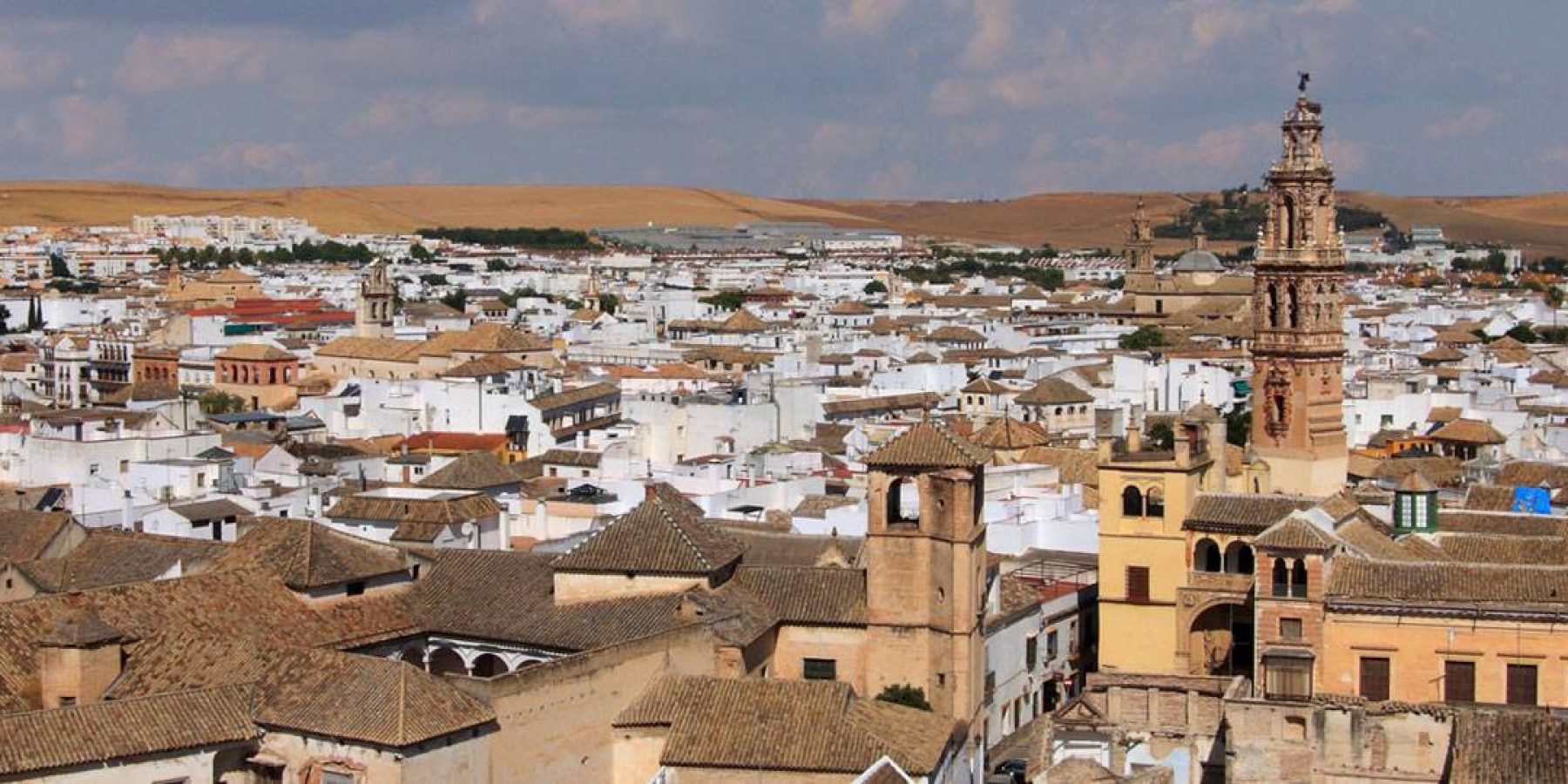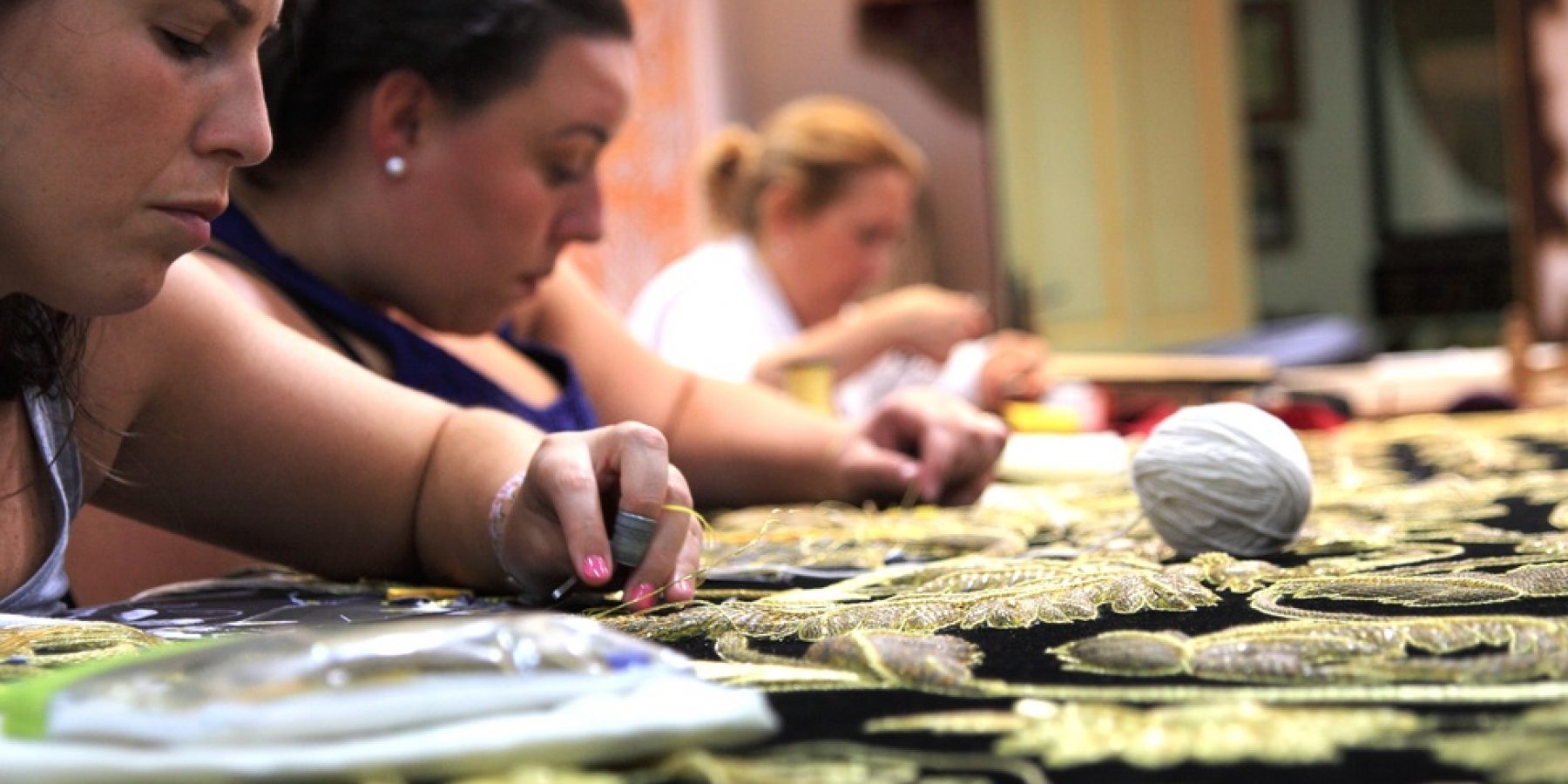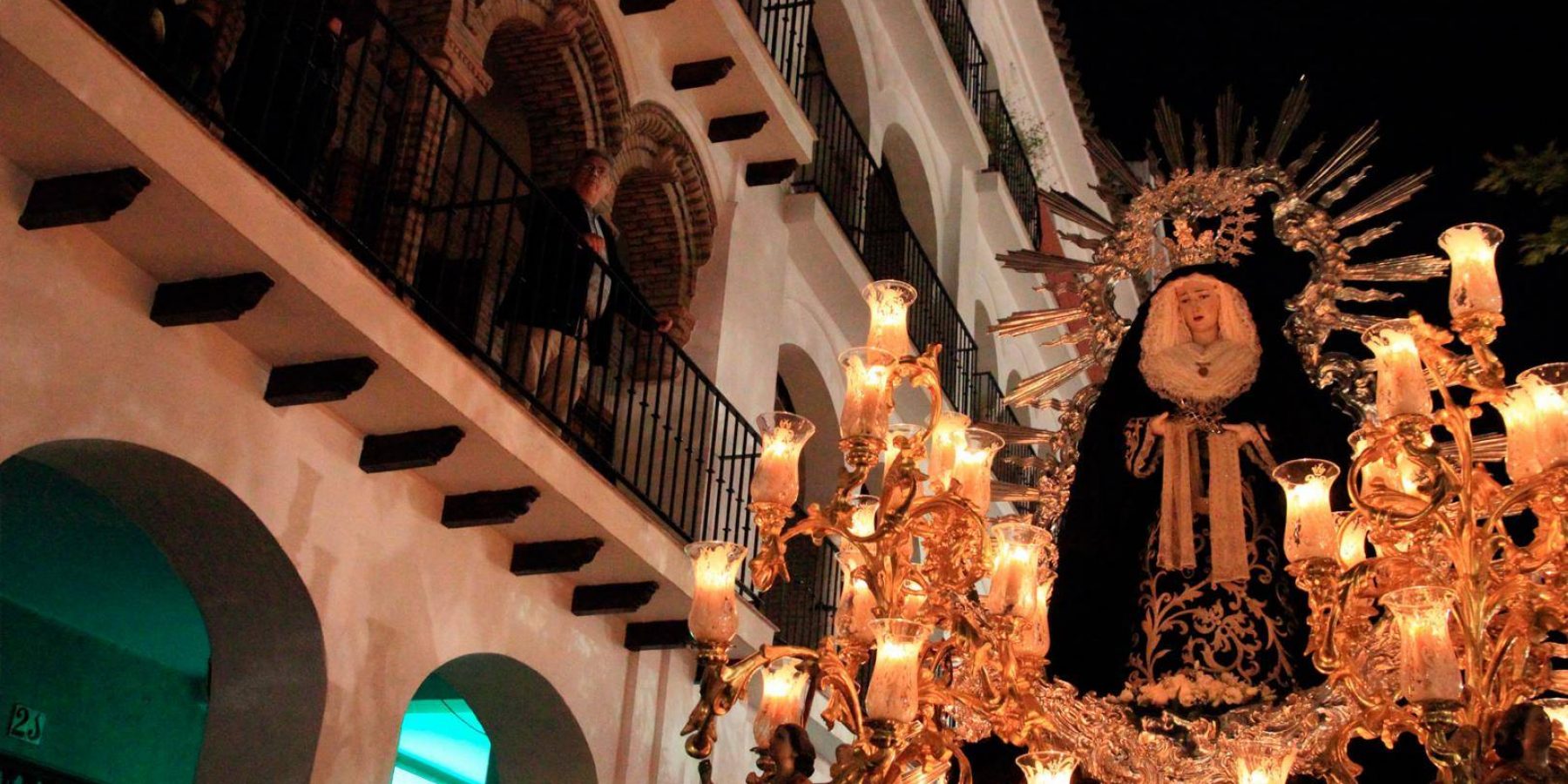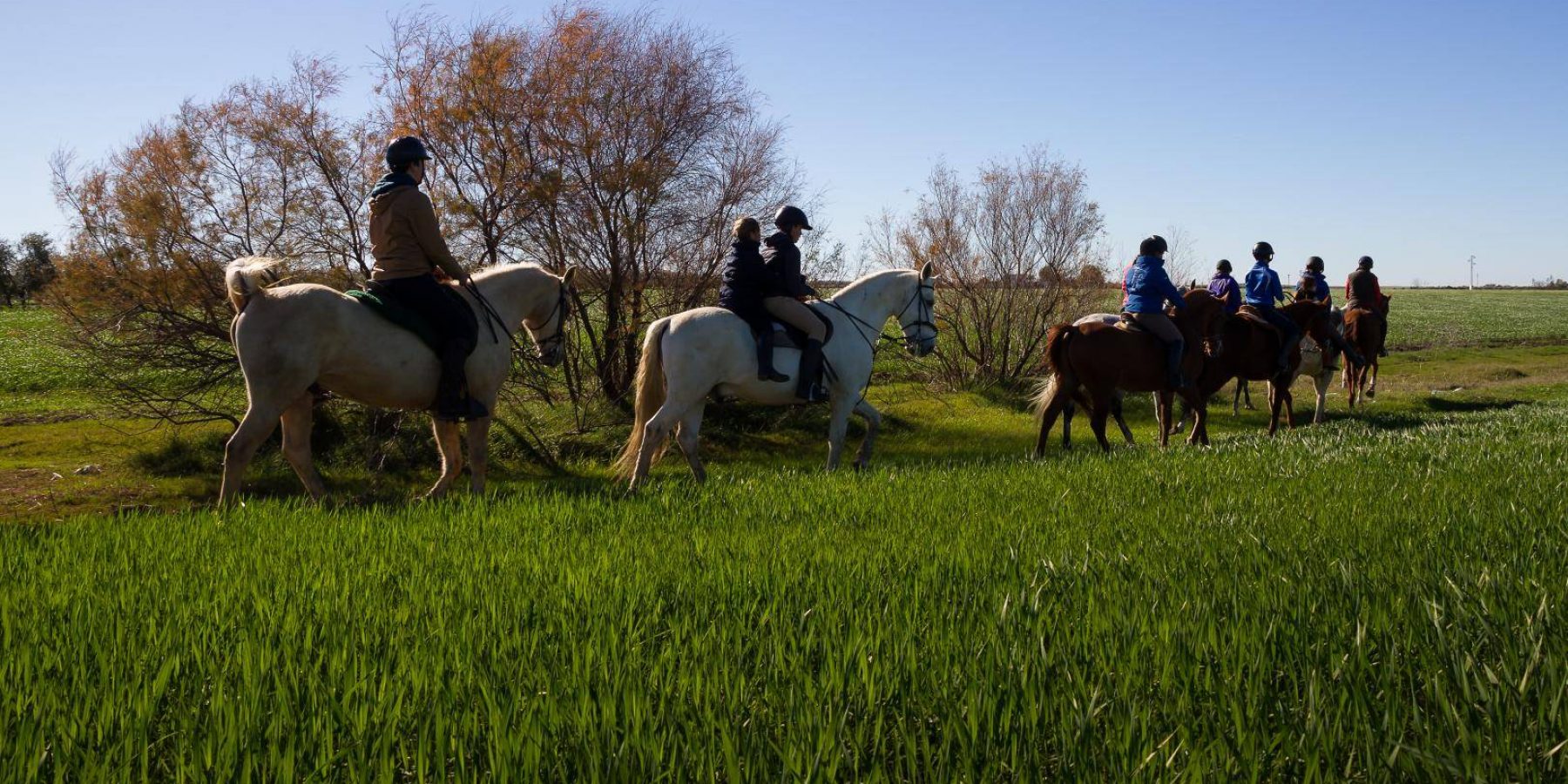Écija is known as the City of Towers and Sunlight and is considered one of Andalusia’s most important artistic centres, surprising visitors with its exceptional cultural heritage. Écija’s history is that of the different civilizations that moulded its character, and as such reflects the history of Andalusia as a whole. Highlights include the impressive Roman ruins and examples of the city’s Baroque splendour.
Écija was founded in around the 8th century BC during the Tartessian civilisation. However, it was under Roman domination that it reached its greatest period of splendour when the ‘Augusta Firma Astigi Colony’ was established in 14 BC. This colony consisted of a large town with paved streets and a bridge over which the Vía Augusta crossed the river Genil. Even after the Empire had fallen, Écija continued being an important cultural and religious centre during the Visigoth and Moorish eras. The fertility and richness of the land were noteworthy attributes and led to the coining of the nickname “Madînat al-qutn” or town of cotton.
In 1240, the town was conquered by Ferdinand III and the land shared out among Castilian settlers, many of which were noblemen, military orders and the Church. During the 18th century, known as “Écija’s golden age”, the town witnessed the construction of many civil buildings and churches. Its historic quarter is exemplary of Andalusia’s Baroque art, which together with its wealth of movables and extensive archives, lends the town an exceptional historic heritage.
The town currently has 40.634 inhabitants.











